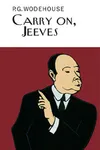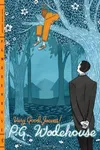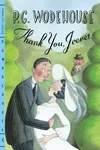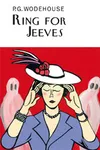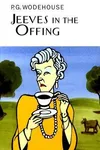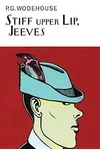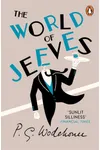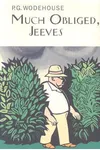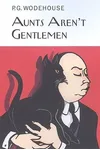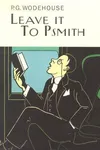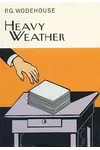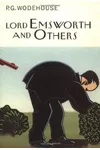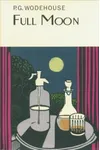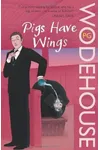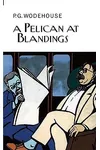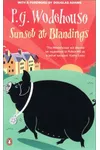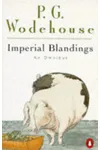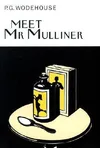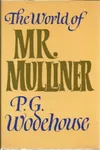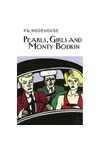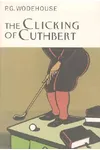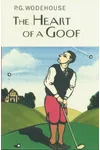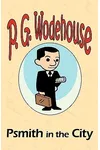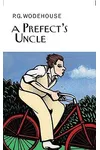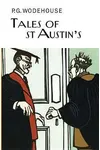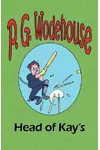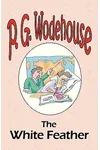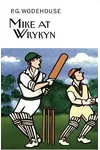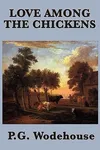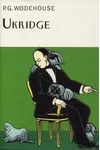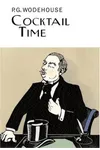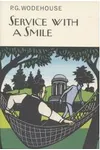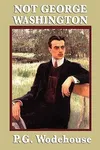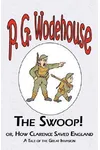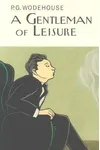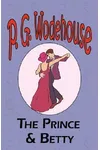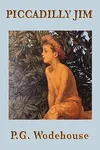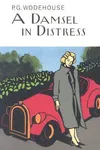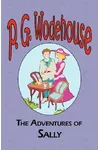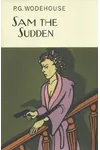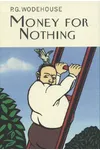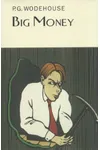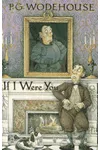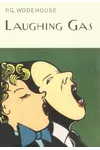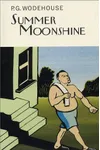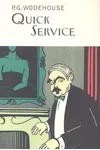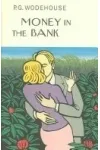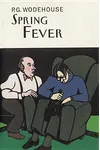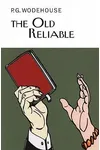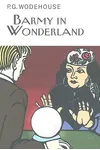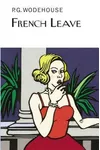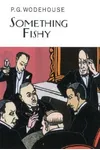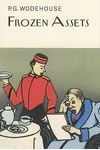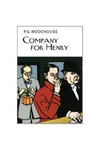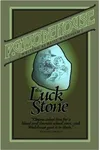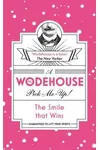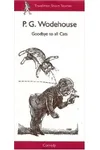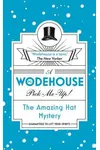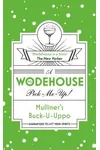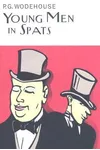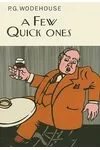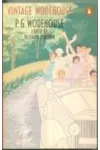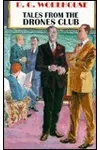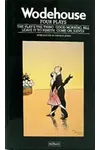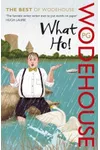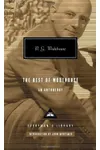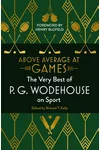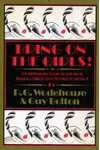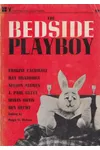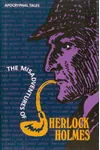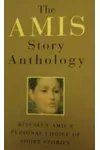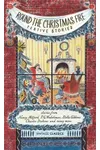Picture a British storyteller whose pen conjured the unflappable Jeeves and the bumbling Bertie Wooster, weaving tales that tickle the funny bone—meet P.G. Wodehouse! Born in 1881, this master of humor crafted nearly 200 works, blending witty prose with absurdly delightful plots. His knack for capturing the quirks of English aristocracy made him a literary legend, despite a wartime controversy that briefly dimmed his shine.
From his early days as a bank clerk to his knighthood in 1975, Wodehouse’s life was as colorful as his stories. His timeless humor continues to charm readers, proving that a good laugh never goes out of style. Ready to dive into his world of comedic genius?
The Making of P.G. Wodehouse
Pelham Grenville Wodehouse was born in Guildford, England, to a family steeped in colonial service. Educated at Dulwich College, he showed an early flair for writing, penning schoolboy tales before a brief, uninspiring stint as a banker. By his early 20s, Wodehouse was freelancing as a journalist and humorist, churning out stories for magazines. His move to the United States in the 1910s marked a turning point, where Broadway’s vibrancy and Hollywood’s allure shaped his comedic voice.
P.G. Wodehouse’s Unforgettable Stories
Wodehouse’s genius lay in his ability to craft light, intricate plots bursting with humor. His most famous creation, the Jeeves and Wooster series, debuted with The Man with Two Left Feet (1917) and spanned dozens of novels and stories. These tales follow the dim-witted aristocrat Bertie Wooster and his brilliant valet Jeeves, who navigates his master through social mishaps with unparalleled wit. Carry On, Jeeves (1925) is a fan favorite, showcasing Wodehouse’s razor-sharp dialogue.
Beyond Jeeves, Wodehouse’s Blandings Castle series, starting with Something Fresh (1915), revels in the chaos of Lord Emsworth’s idyllic estate. His standalone novel Psmith, Journalist (1915) blends satire with adventure, reflecting his transatlantic experiences. Wodehouse’s style—marked by playful language, farcical plots, and a sunny optimism—set him apart as a humorist who could make even the mundane hilarious.
His wartime broadcasts from Nazi-occupied France in 1941 sparked controversy, leading to accusations of naivety. Yet, Wodehouse’s resilience shone through; he continued writing, undeterred, until his death in 1975. His ability to find humor in adversity cemented his reputation as a literary escape artist.
Why P.G. Wodehouse Matters
Wodehouse’s influence on humor and literature is immeasurable. His works inspired generations of writers, from Douglas Adams to Tina Fey, who admired his linguistic acrobatics. The Jeeves and Wooster stories remain cultural touchstones, adapted into films, TV series, and stage plays. His optimistic worldview offers readers a refuge from life’s chaos, making his books perennial comfort reads.
In 1975, Queen Elizabeth II knighted Wodehouse, recognizing his contributions to literature. Today, his stories are celebrated for their timeless appeal, uniting readers across generations with laughter. Wodehouse proved that humor, when wielded with precision, can transcend borders and eras.
- Birth: October 15, 1881, Guildford, England
- Key Works: Carry On, Jeeves, Something Fresh, Psmith, Journalist
- Awards: Knighthood (1975)
- Death: February 14, 1975, New York, USA
Snag Carry On, Jeeves and dive into P.G. Wodehouse’s world of sparkling humor! Whether you’re chuckling at Bertie’s blunders or marveling at Jeeves’s genius, there’s a Wodehouse tale waiting to brighten your day.

